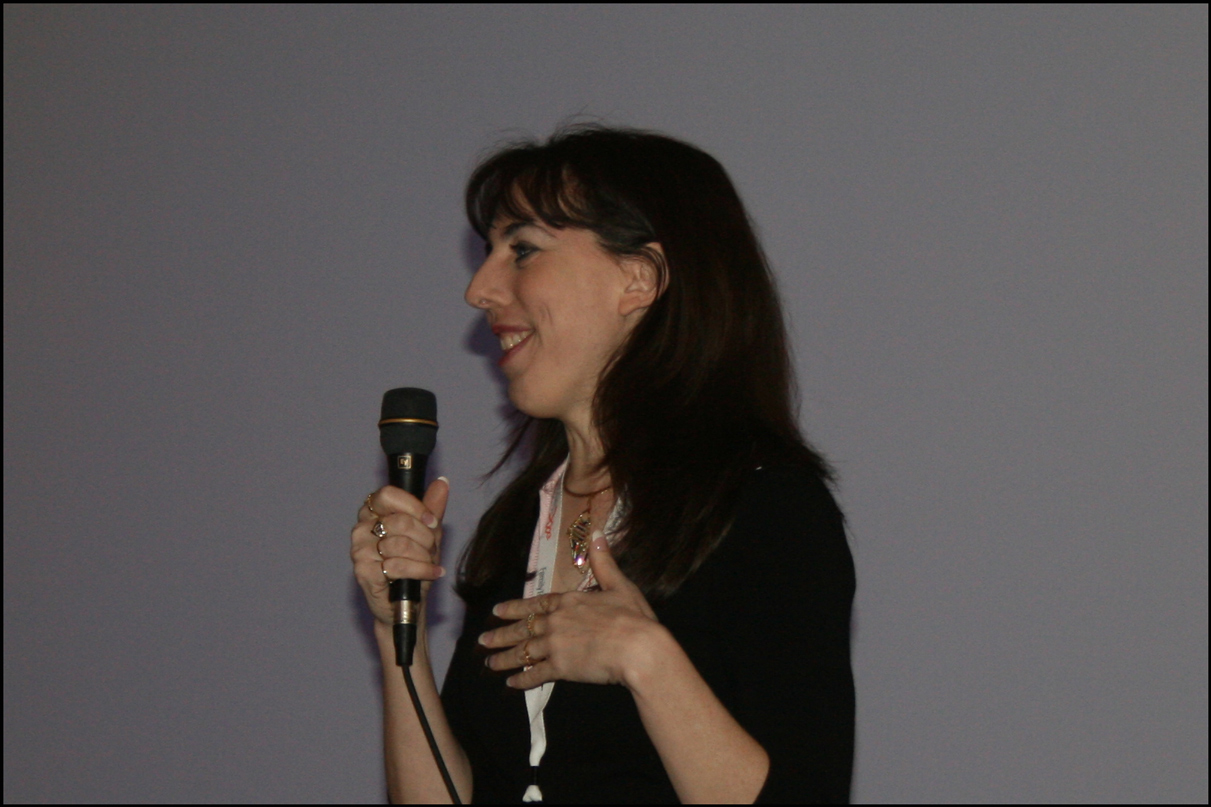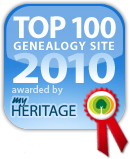At the recent Family Tree DNA 5th International Conference on Genetic Genealogy for Project Administrators, Matthew Kaplan, Associate Staff Scientist in the Division of Biotechnology, and Taylor Edwards, Senior Research Specialist in the Genomic Analysis and Technology Core, both at the University of Arizona, presented a lecture entitled “What’s in a Name…the Current State of Y STR Nomenclature 2009”.
Matt Kaplan
SOURCE: Matt Kaplan (Houston, Harris County, Texas). Photographed by Stephen J. Danko on 15 March 2009.
Taylor Edwards
SOURCE: Taylor Edwards (Houston, Harris County, Texas). Photographed by Stephen J. Danko on 15 March 2009.
When analyzing microsatellites or short tandem repeats (STRs), the most direct way to determine the number of repeats is simply to sequence the STRs. This, however, is not the easiest way to determine the number of repeats. In practice, the STRs and flanking regions are replicated in the polymerase chain reaction (PCR) and the lengths of the products are measured. The lengths of the products are compared to the lengths of standards and the results are obtained more quickly and easily than they would if the STRs were directly sequenced.
The Clinical Science and Technology Laboratory of the National Institute of Standards and Technology (NIST) has generated a Human Y Chromosome Profiling Standard (SRM 2395) that can be used to standardize the analysis of STRs in Y DNA.
In addition, standard methods of naming STRs have been recommended:
- “The repeat sequence motif in STRs should be defined so that the first 5′-nucleotide that can define a repeat motif are used” (Butler et al. 2008).
- “The sequence originally described in the literature of the first public database entry shall become the standard reference (and strand) for nomenclature” (Butler et al. 2008).
- “If a nomenclature is already in use, it is recommended that it should be continued” (Gill et al. 2001).
- “Alleles should be named according to the total number of contiguous variant and non variant repeats determined from the sequence data” (Butler et al. 2008).
- Obtain the null allele if a SNP occurs in the primer set.
- “Intermediate alleles (e.g., 11.1) fall into two classes: an insertion/deletion either (a) within the repeat motif or (b) in the flanking region encompassed by the PCR primer positions” (Butler et al. 2008).
The University of Arizona shares all sequence data with Dr. John Butler at NIST. The goal is to follow the standards in the industry.
The result of these recommendations is that the nomenclature used by Family Tree DNA (FTDNA) will be adjusted to conform to the standard. For example, the repeat in DYS441 will change from CCTT to TTCC, with the consequence that FTDNA must add +1 to the repeat values for DYS441. However over 1/3 of FTDNAs 67 markers are not yet addressed by Butler.
As of now, the values of three Y DNA markers used by FTDNA will change. In addition, FTDNA will begin to include microalleles (decimal values) where they appear.
References:
Butler J.M., M.C. Cline, and A.E. Decker. 2008 Addressing Y-chromosome short tandem repeat allele nomenclature. J. Genetic Geneal. 4:125-148.
Gill P., C. Brenner , B. Brinkmann, B. Budowle, A. Carracedo, M.A . Jobling, P. de Knijff, M. Kayser, M. Krawczak, W.R. Mayr, N. Morling, B. Olaisen, V. Pascali, M. Prinz, L. Roewer, P.M. Schneider, A. Sajantila, C. Tyler-Smith. 2001 DNA Commission of the International Society of Forensic Genetics: Recommendations on forensic analysis using Y-chromosome STRs. Forensic Sci. Intl. 124:5-10.
Copyright © 2009 by Stephen J. Danko















